Ismail Samanid
Mausoleum
- Bukhara - 2013
This mausoleum was built between 892 and 943 as the resting-place of Ismail Samani.
He was a powerful and influential ruler of the Samanid dynasty, which held the city in the 9th and 10th centuries.
It predates the beautiful tile-work on other buildings that we have seen in Central Asia but the brickwork is stunning.
The intricately baked terracotta bricks disguise walls almost 2 metres thick,
helping it to survive without restoration for 11 centuries.
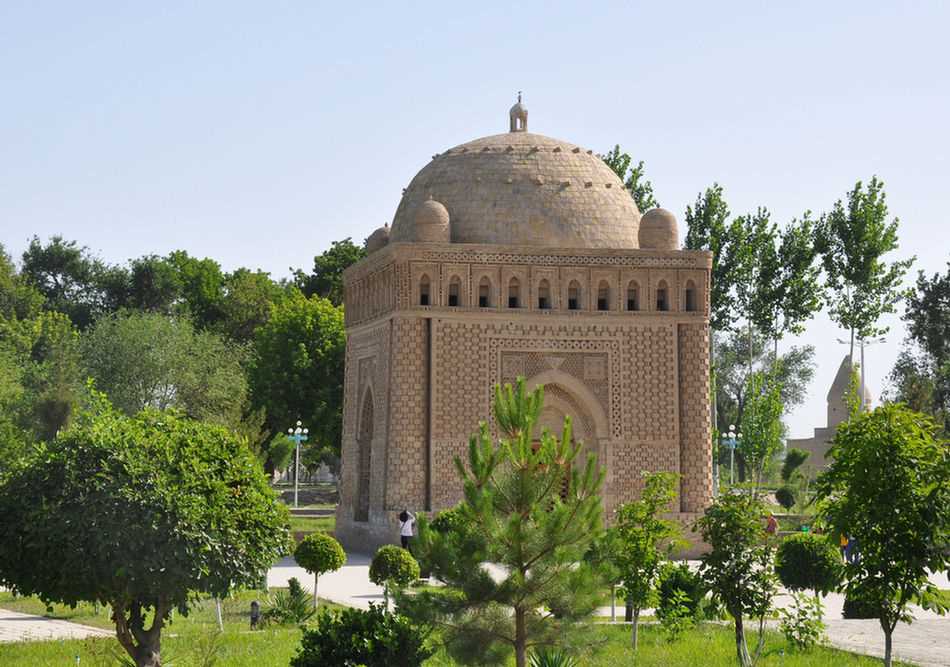
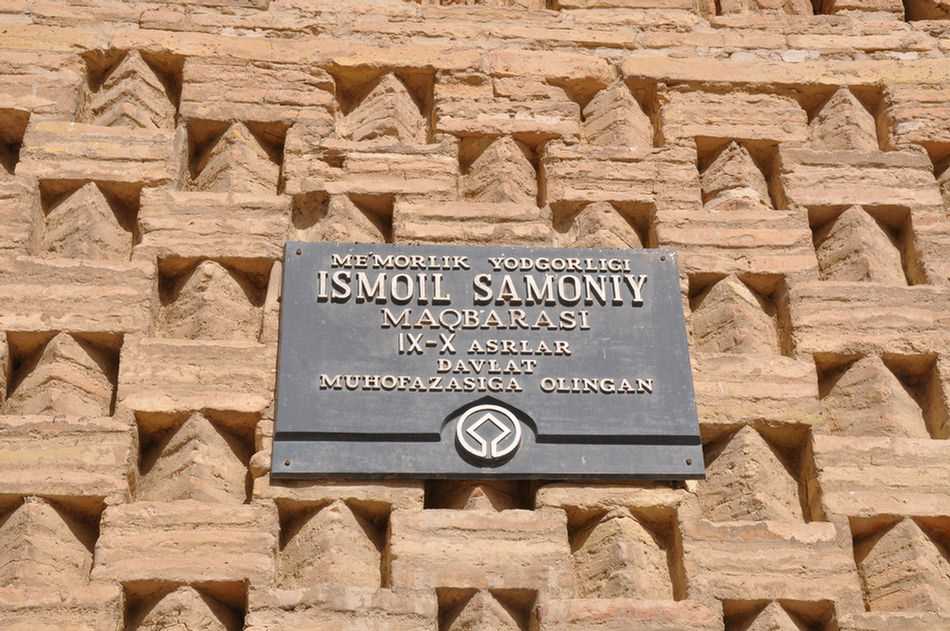
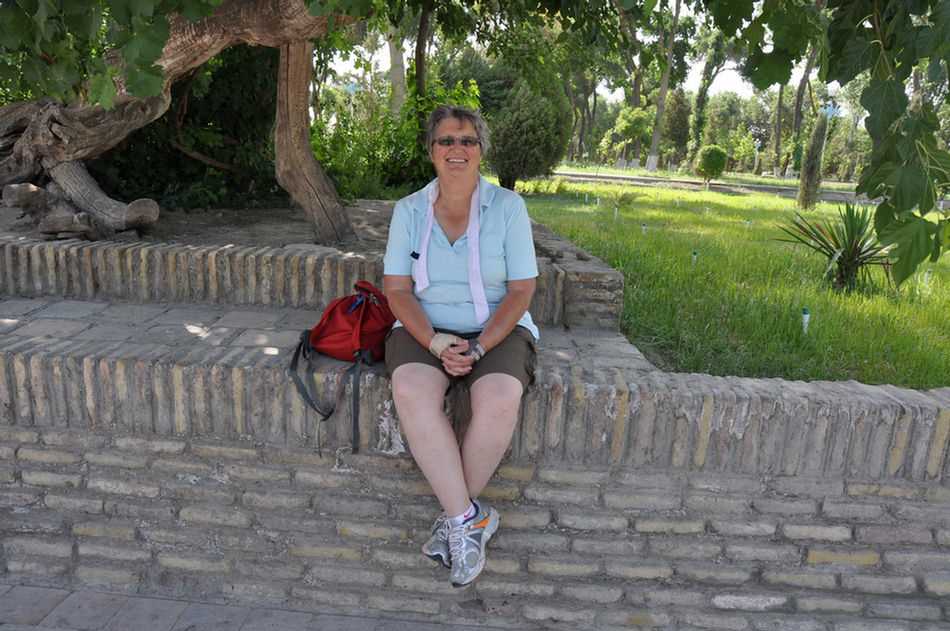
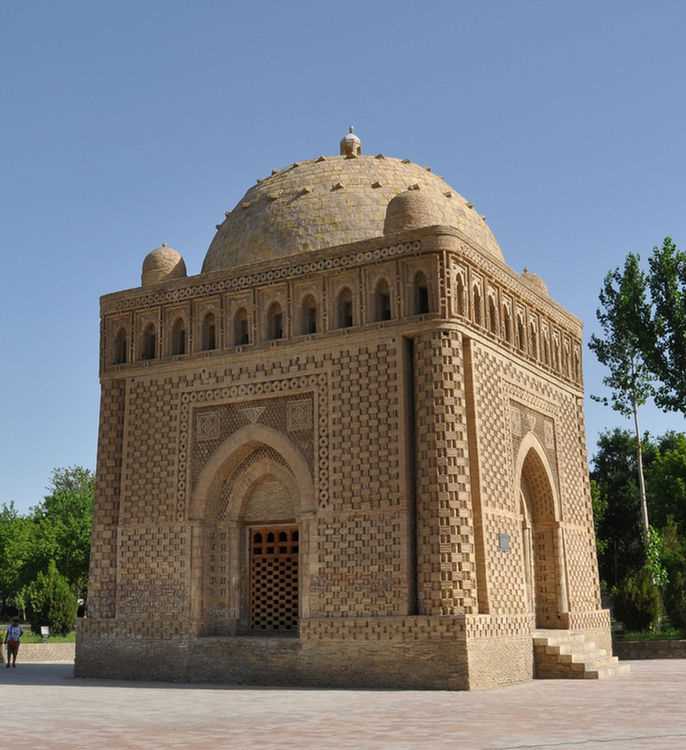
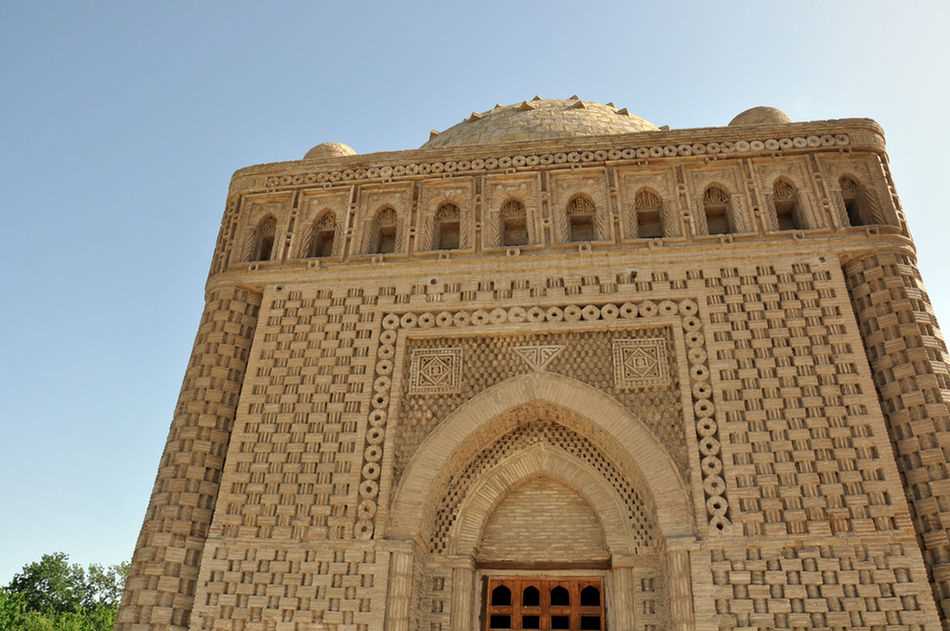
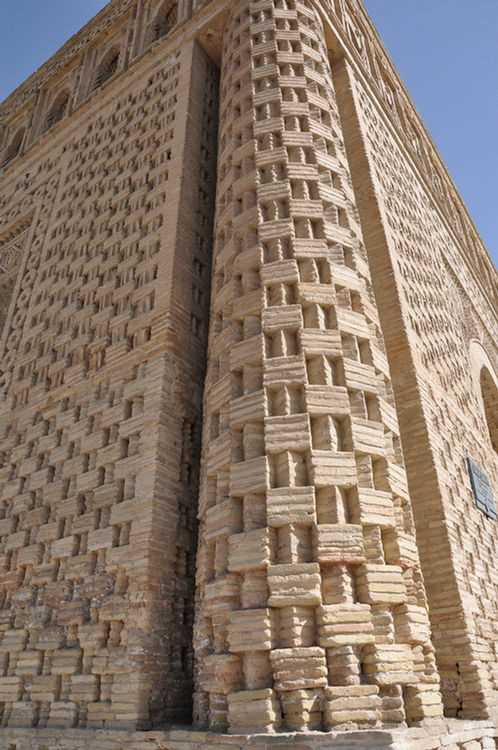
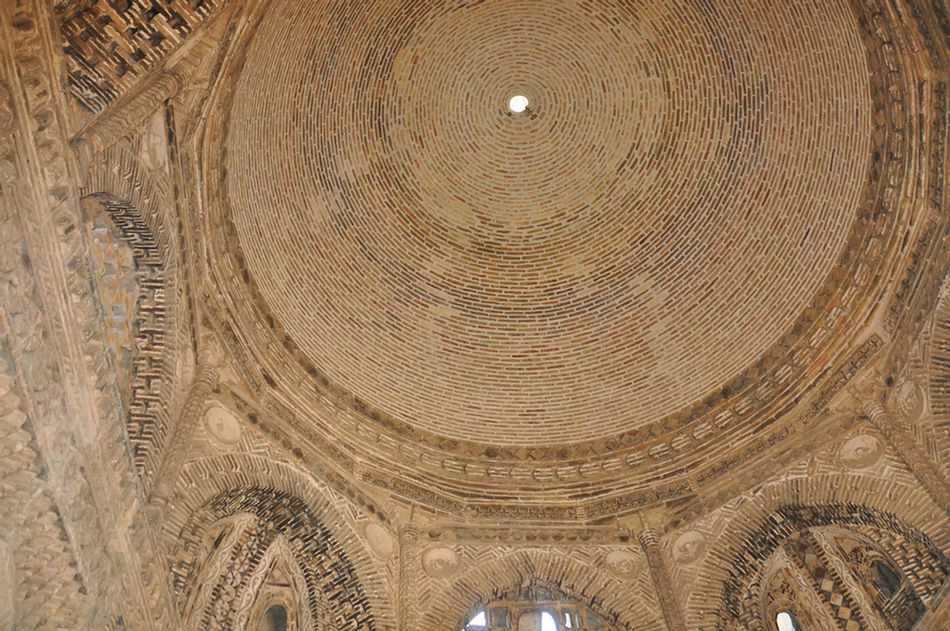
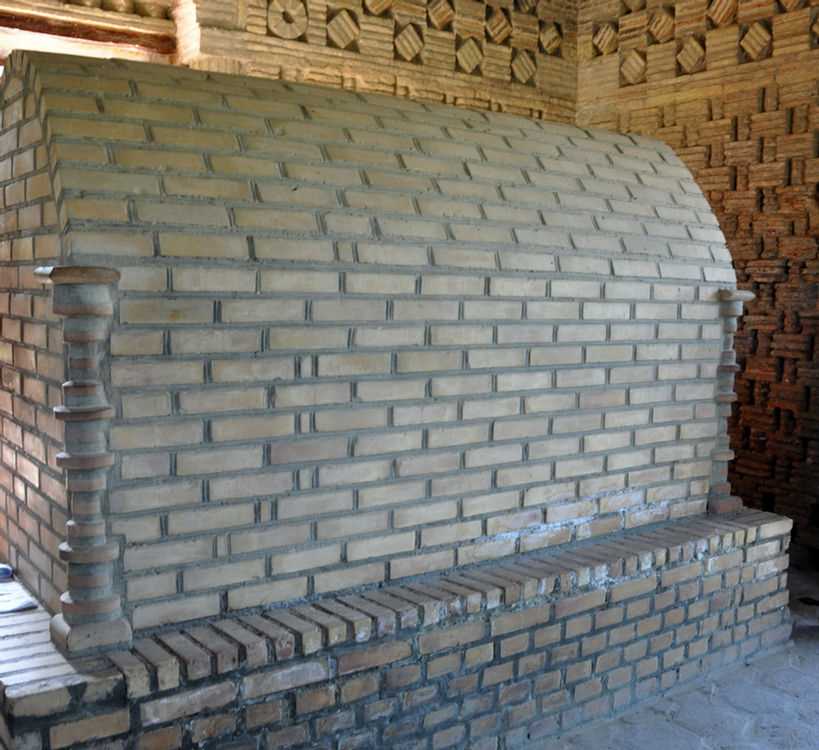
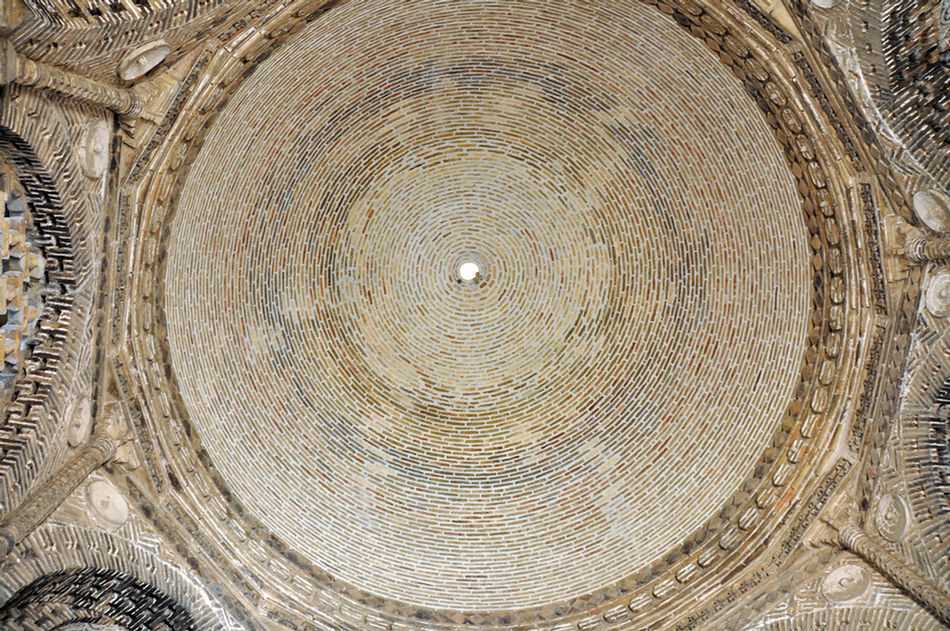
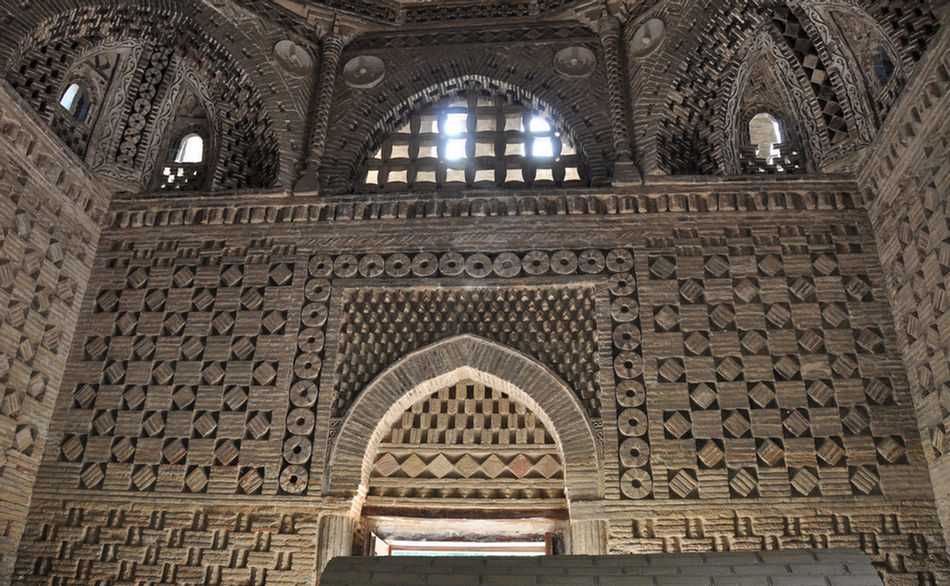
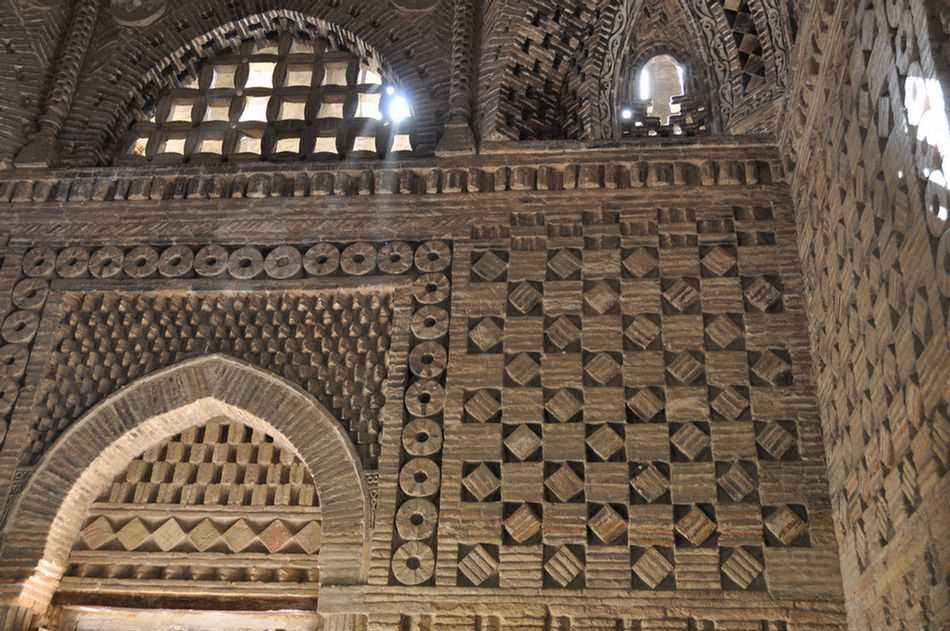
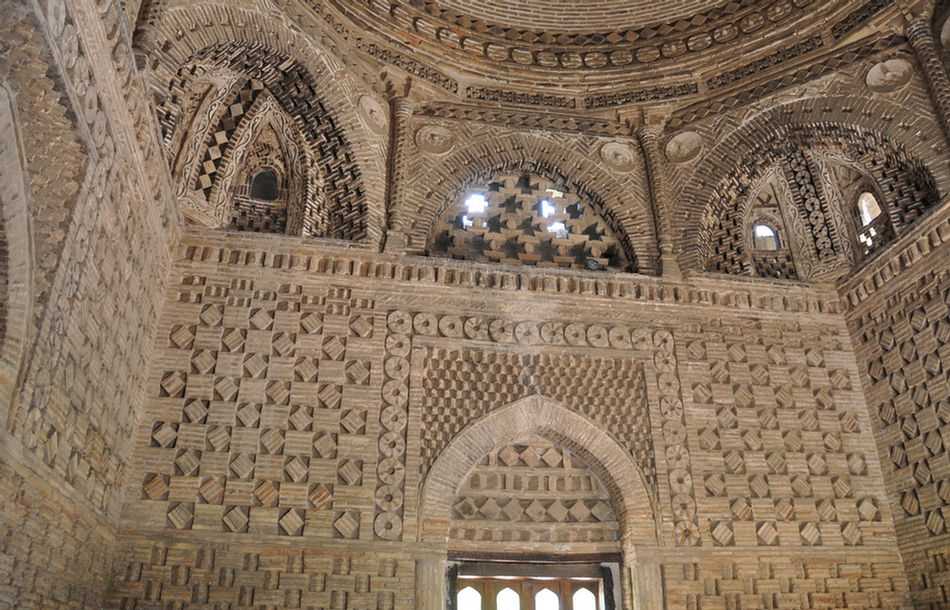
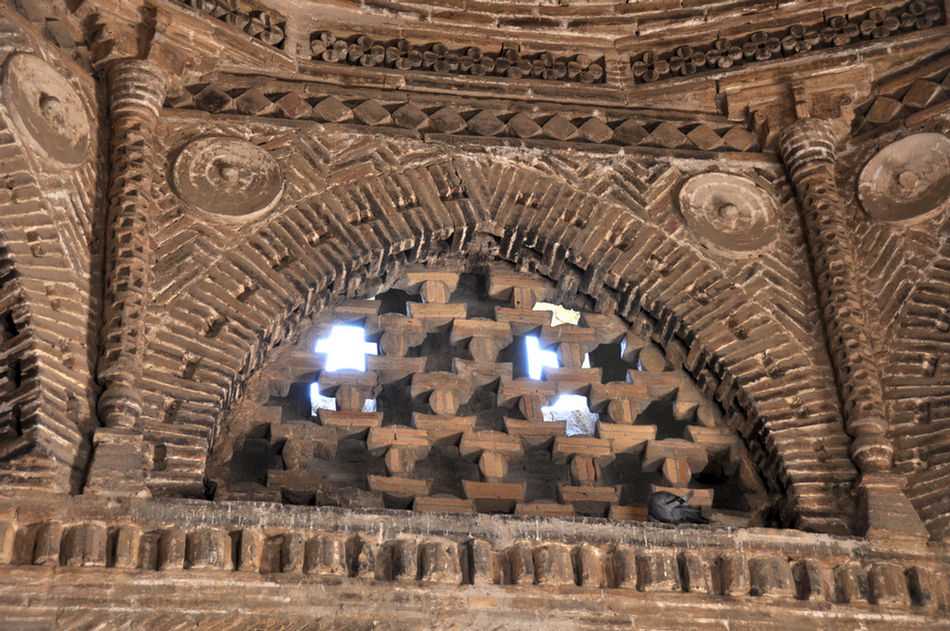
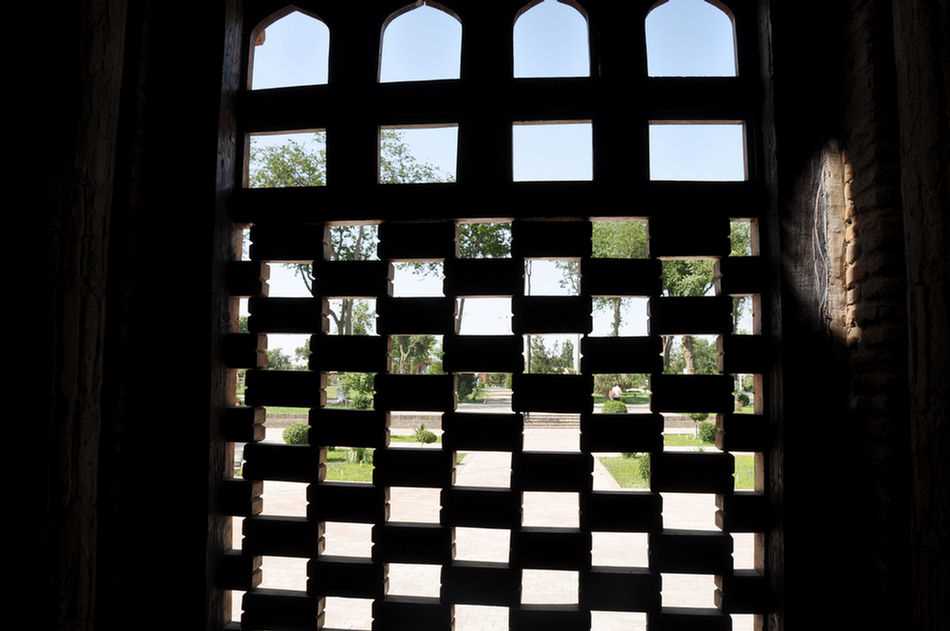
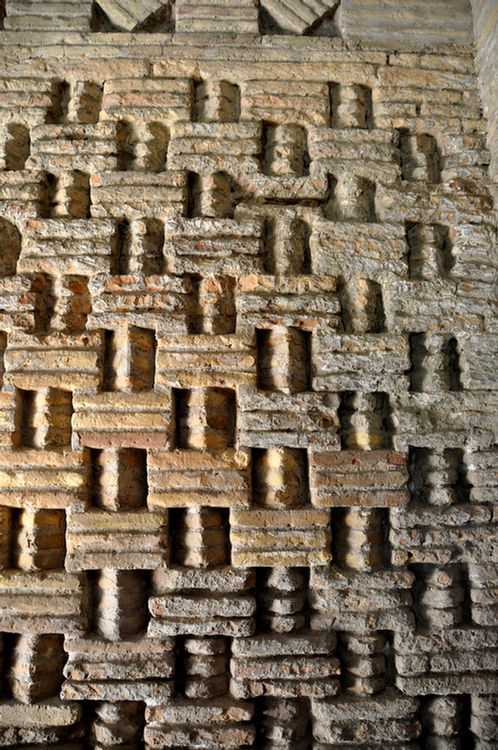
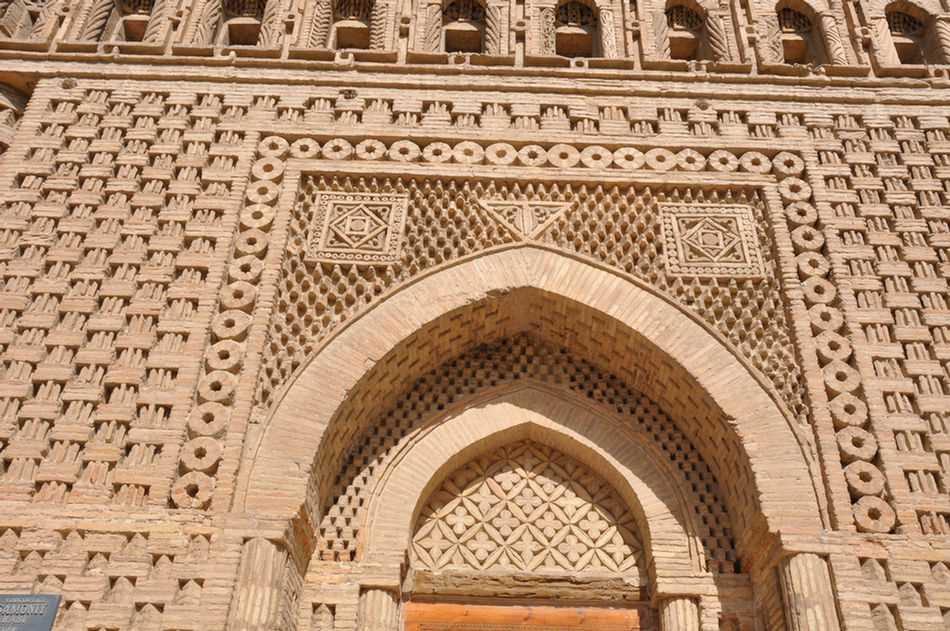
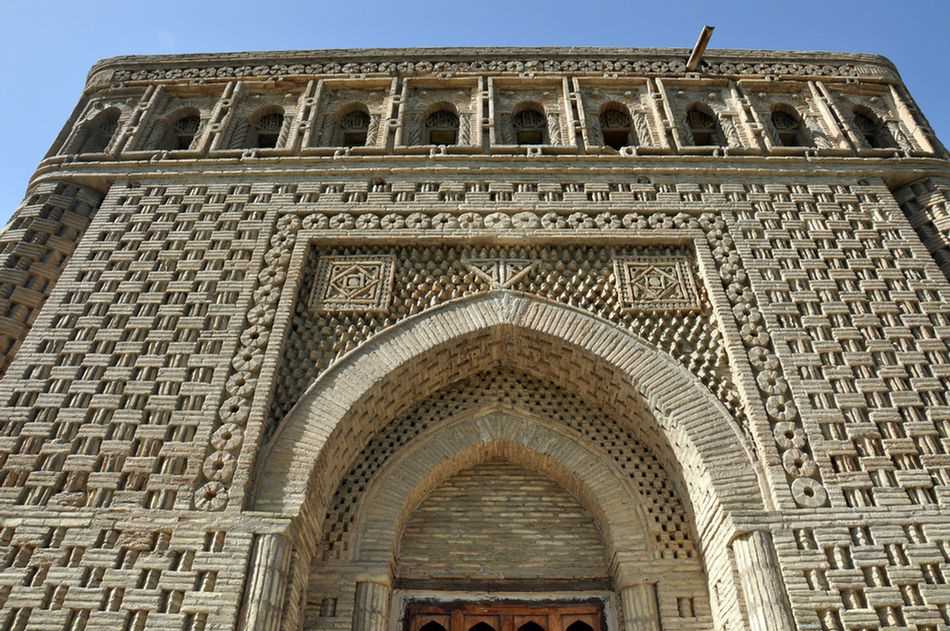
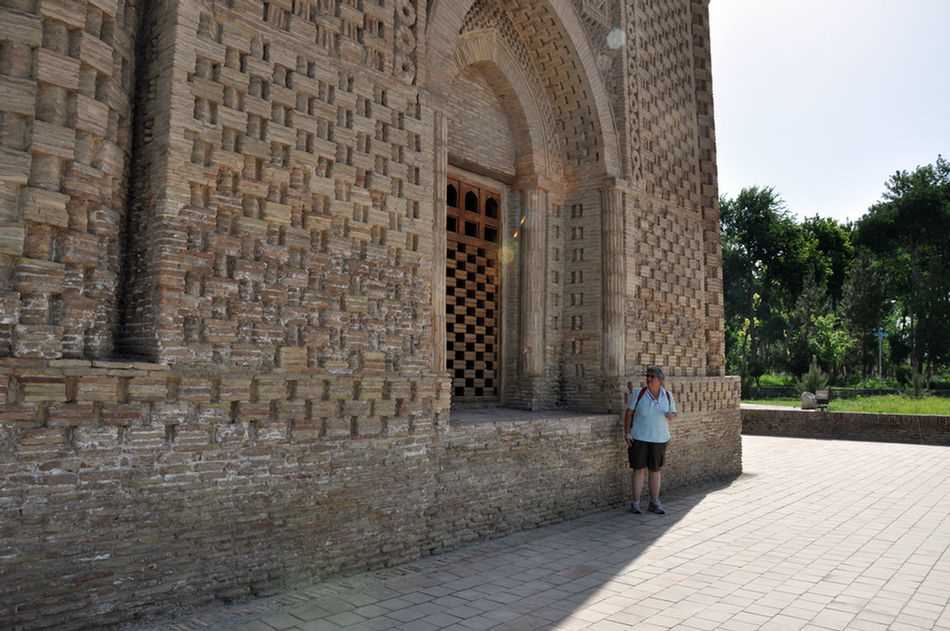
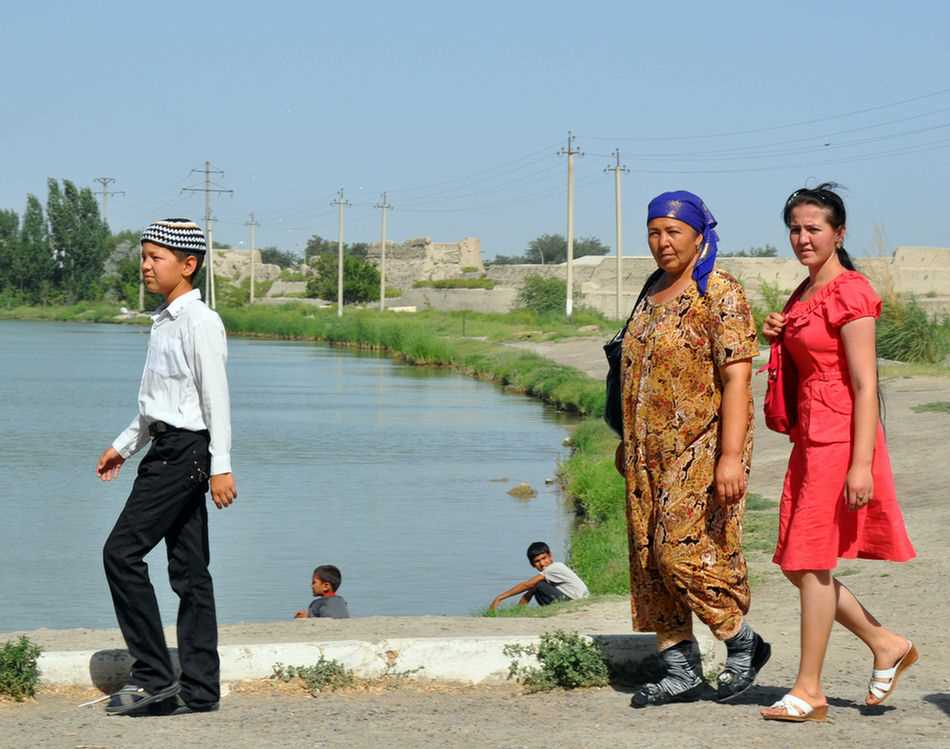
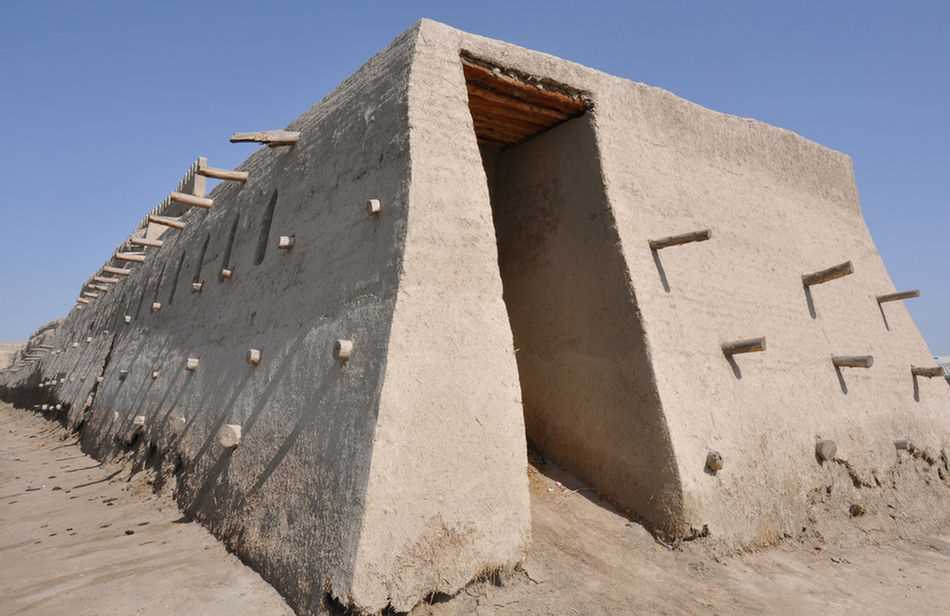
Nearby, 2km of the old 12km city wall of Bukhara has been restored.
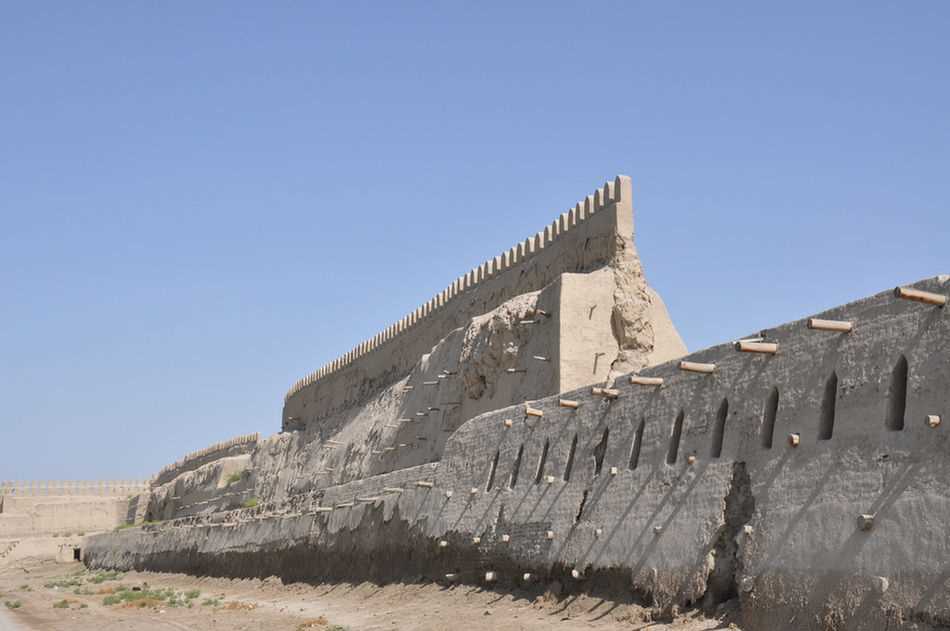
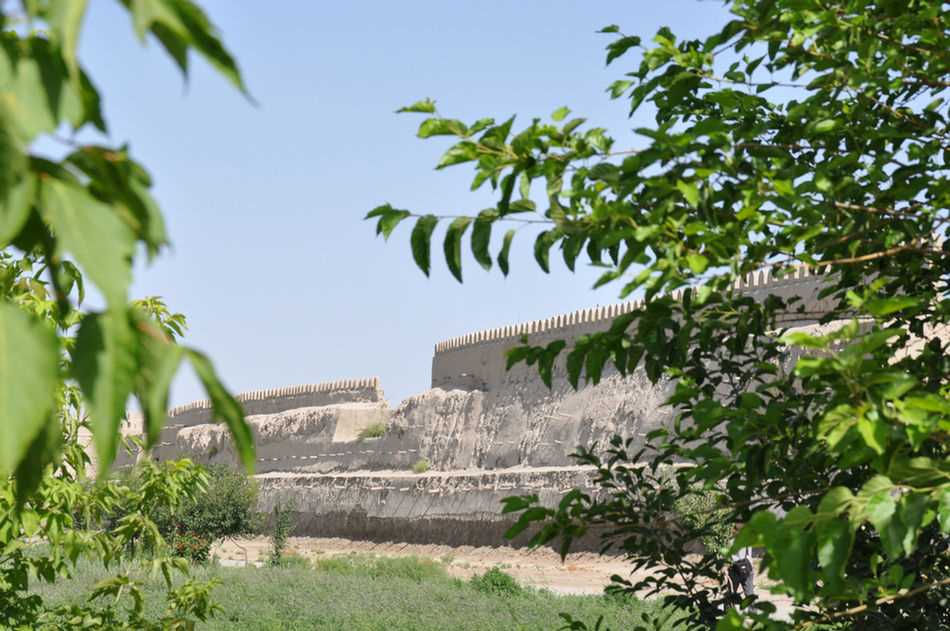
Engraving.
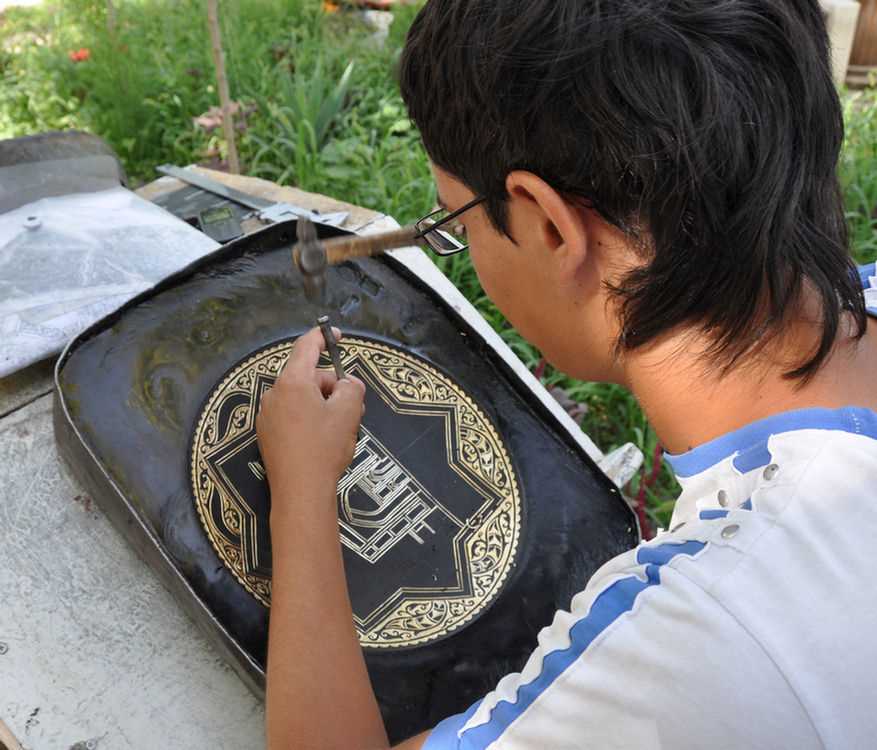
A shrine to Iman Al-Bukhari, who lived from 194AD to 265AD.
He was a scholar who contributed much to Islamic teachings.
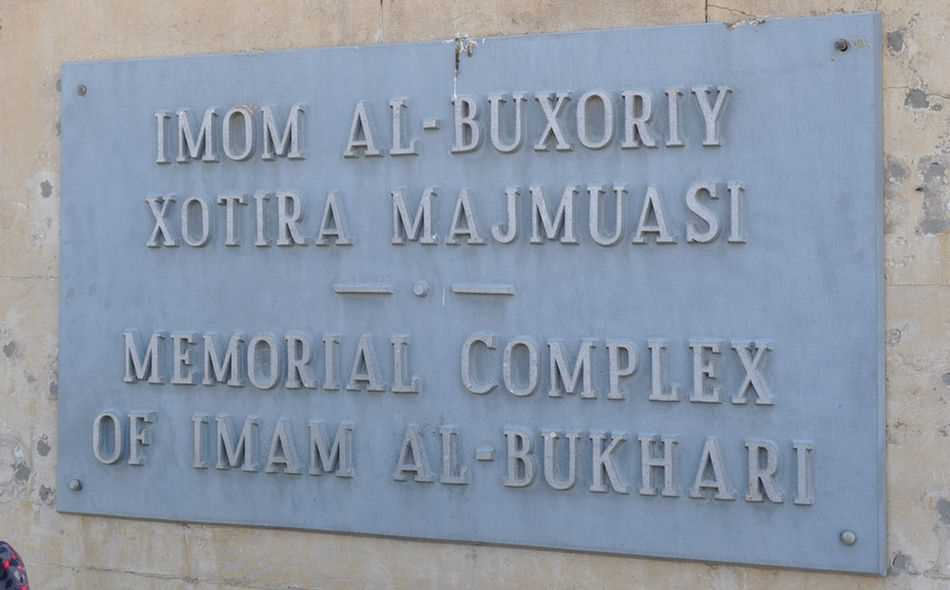
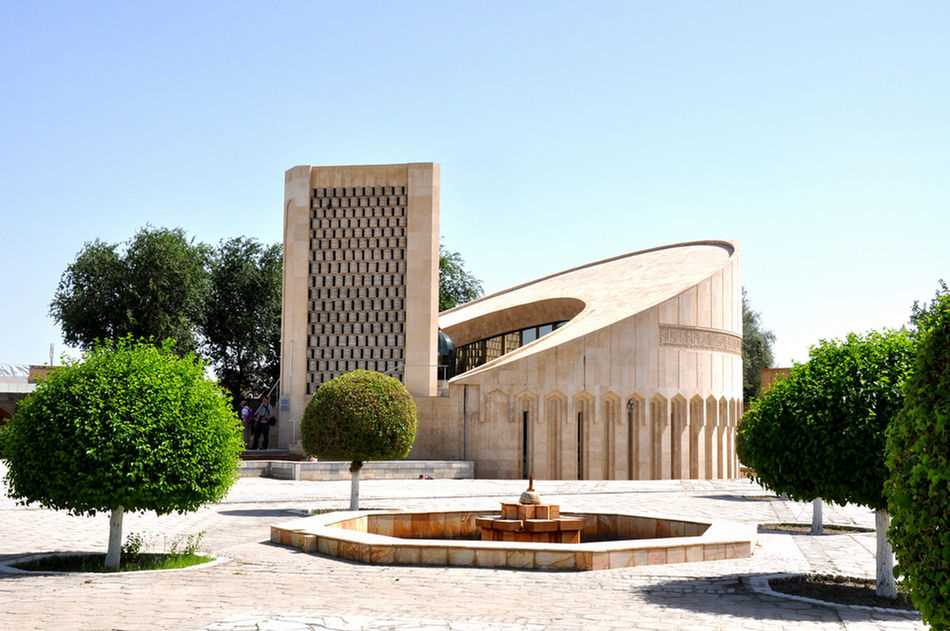
Chasma Ayub Mausoleum is built over a well. The name means "Spring of Job".
Legend has it that Job stuck his staff on the ground here and a spring appeared.
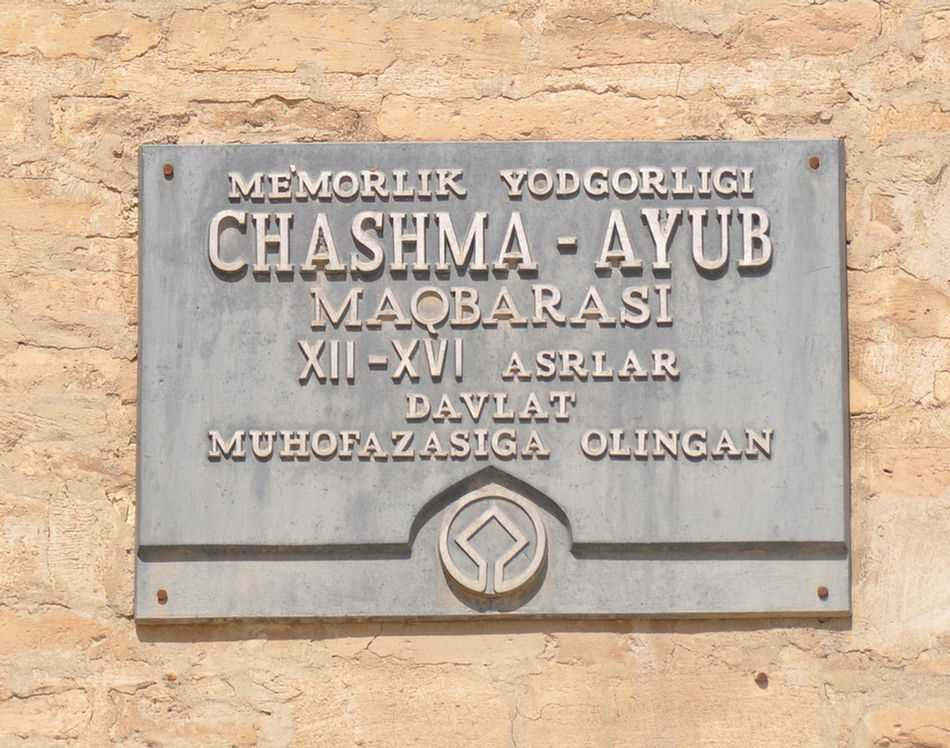
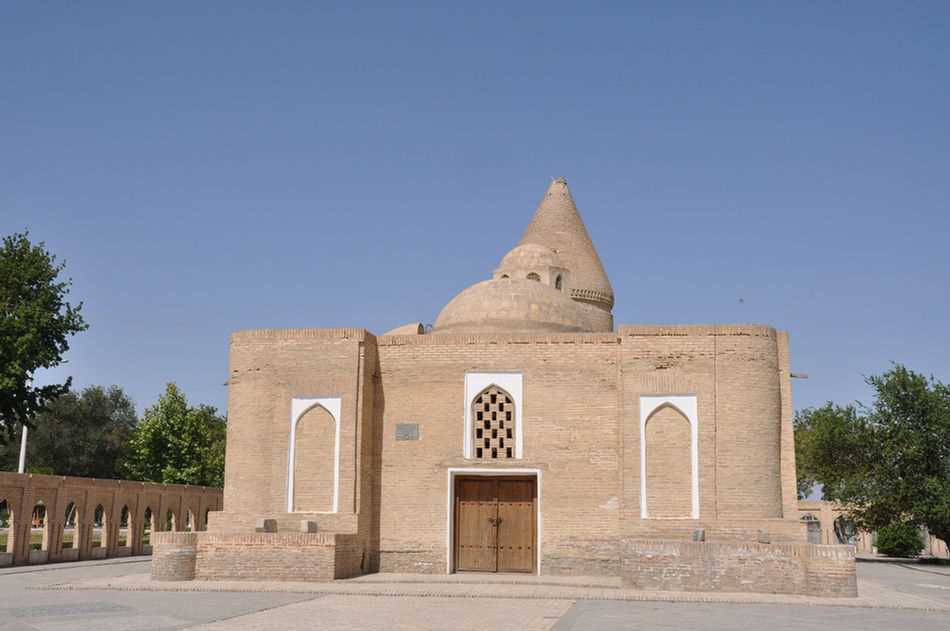
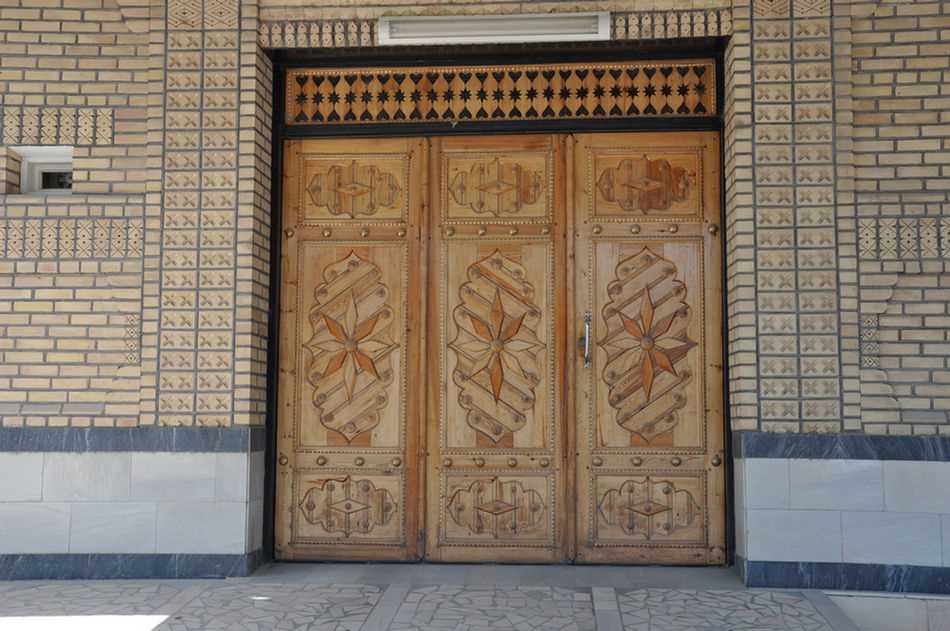
A Soviet era electricity connection to a pole on a roof.
It is a very common sight in these former Soviet Republics and in Russia itself.
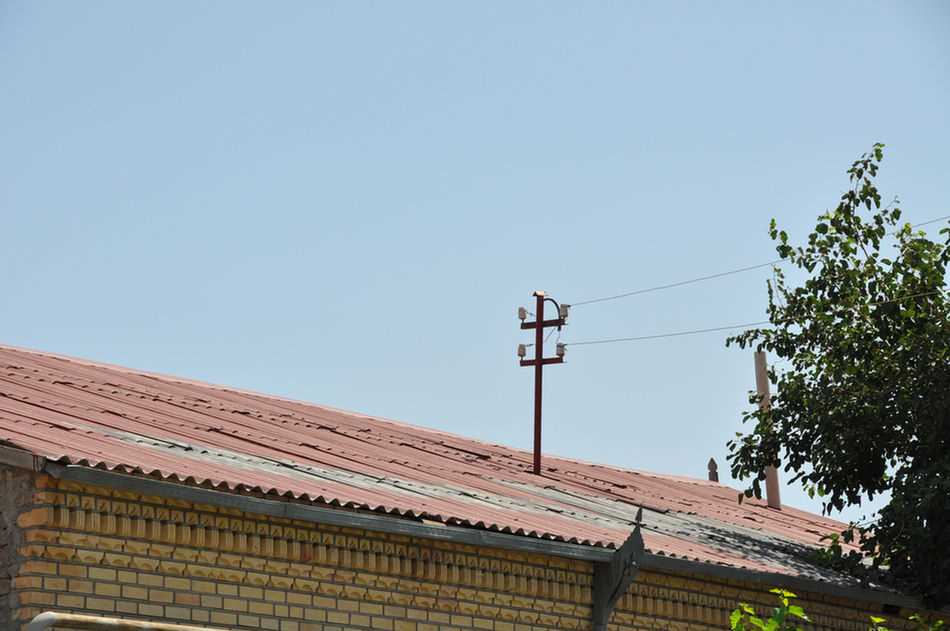
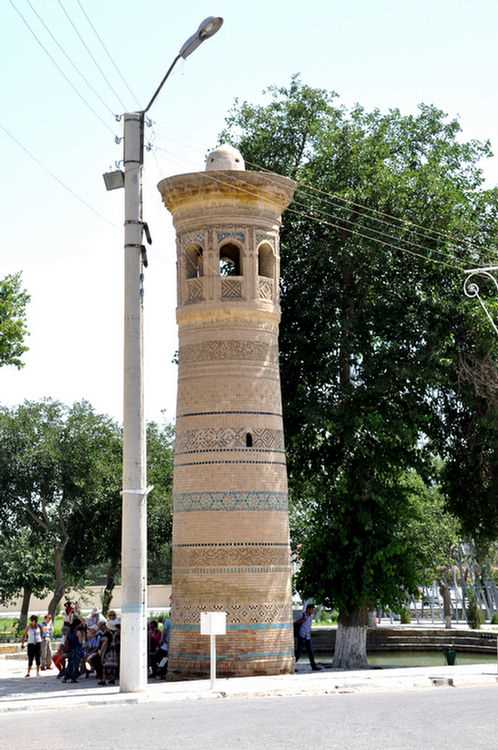
Next ... Bolo-Hauz Mosque at Bukhara ....
This mausoleum was built between 892 and 943 as the resting-place of Ismail Samani.
He was a powerful and influential ruler of the Samanid dynasty, which held the city in the 9th and 10th centuries.
It predates the beautiful tile-work on other buildings that we have seen in Central Asia but the brickwork is stunning.
The intricately baked terracotta bricks disguise walls almost 2 metres thick,
helping it to survive without restoration for 11 centuries.




















Nearby, 2km of the old 12km city wall of Bukhara has been restored.


Engraving.

A shrine to Iman Al-Bukhari, who lived from 194AD to 265AD.
He was a scholar who contributed much to Islamic teachings.


Chasma Ayub Mausoleum is built over a well. The name means "Spring of Job".
Legend has it that Job stuck his staff on the ground here and a spring appeared.



A Soviet era electricity connection to a pole on a roof.
It is a very common sight in these former Soviet Republics and in Russia itself.


Next ... Bolo-Hauz Mosque at Bukhara ....